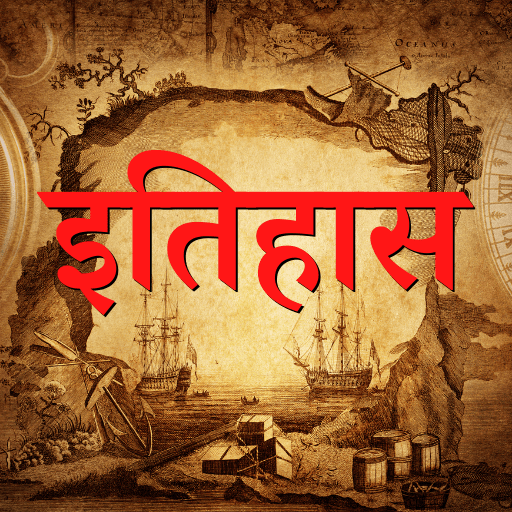Best Study Material for UPSC Exam
UPSC Exam > UPSC Notes > UPSC CSE के लिए इतिहास (History) > NCERT Textbook - आरंभिक नगर
NCERT Textbook - आरंभिक नगर | UPSC CSE के लिए इतिहास (History) PDF Download
| Download, print and study this document offline |
|
399 videos|1144 docs|496 tests
|
FAQs on NCERT Textbook - आरंभिक नगर - UPSC CSE के लिए इतिहास (History)
| 1. What is an Aryan city? |  |
| 2. What is the significance of the archaeological site of Kalibangan? |  |
Ans. Kalibangan is an archaeological site located in Rajasthan, India. It is an important site because it provides evidence of the Indus Valley Civilization. The site was discovered in 1953 and excavated in the 1960s. The excavations revealed the remains of a fortified city with a citadel, lower town, and a cemetery. The site also provides evidence of a fire altar, which suggests that the people of Kalibangan practiced fire worship. The discovery of a ploughed field also suggests that agriculture was an important activity in the region.
| 3. What is the difference between a citadel and a lower town in an ancient city? |  |
Ans. In ancient cities, the citadel and the lower town were two distinct areas. The citadel was a fortified area located on high ground and was used as a place of refuge in times of war or danger. It was also the administrative and religious center of the city. The lower town was the area surrounding the citadel and was where most of the people lived. It was the commercial and residential center of the city and was often surrounded by protective walls.
| 4. What was the impact of urbanization on the Indus Valley Civilization? |  |
Ans. Urbanization had a significant impact on the Indus Valley Civilization. The cities of the Indus Valley Civilization were well-planned and had a sophisticated drainage system, which suggests that the people had a good knowledge of engineering and town planning. Urbanization also led to the development of trade and commerce, which helped to create a prosperous economy. The cities were also centers of religion and culture, and many important religious and cultural practices developed in these cities.
| 5. What is the significance of the Great Bath at Mohenjo-Daro? |  |
Ans. The Great Bath at Mohenjo-Daro is an important archaeological find from the Indus Valley Civilization. It is a large rectangular pool that was lined with bricks and sealed with bitumen. The bath was probably used for ritual bathing and was an important part of the religious and cultural life of the city. The Great Bath is also significant because it provides evidence of the advanced engineering and town planning skills of the people of the Indus Valley Civilization.
Related Searches































